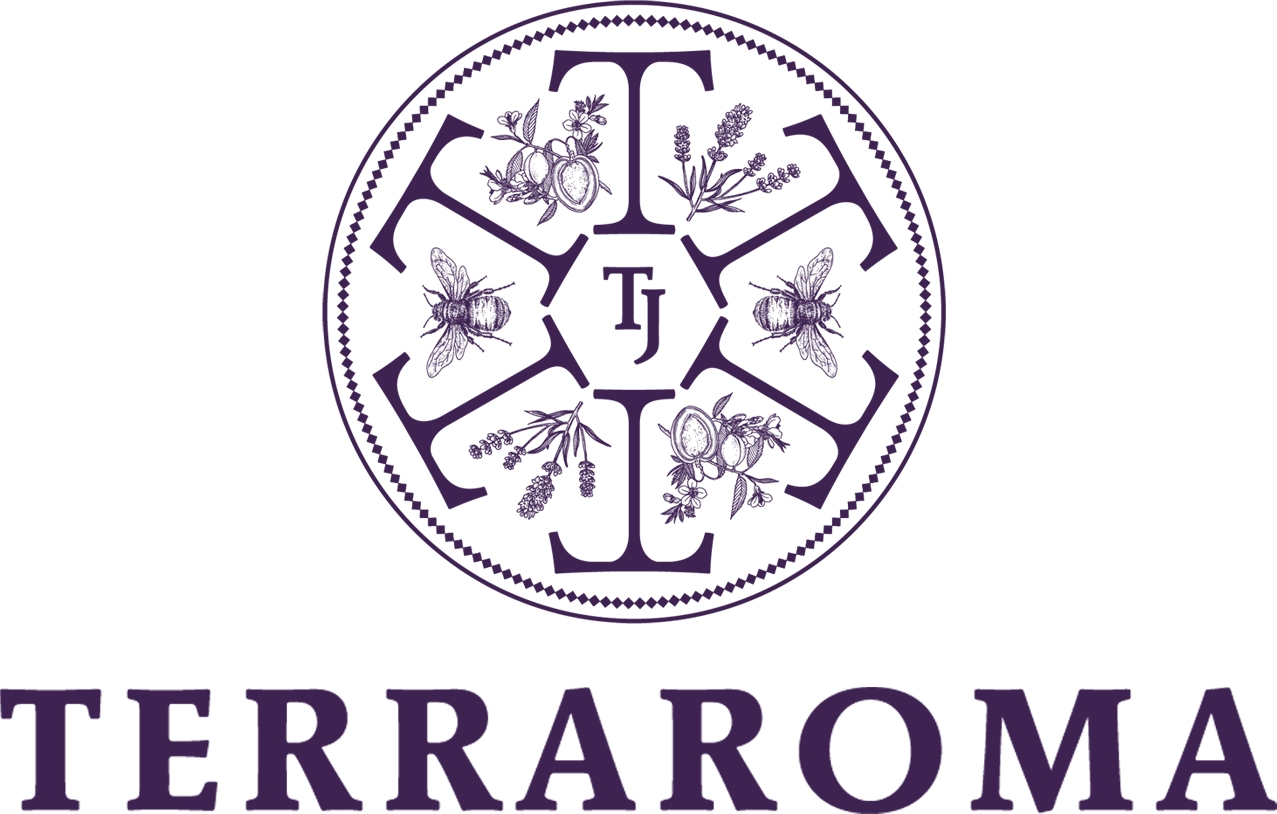 Search
Close
Search
Close
 Panier
Panier
No products
The lavender
There are many species of lavender, giving after steam distillation very different essential oils.
Lavender officinale, also called fine lavender or true lavender, has short floral stems, without branching. It flowers from late June to late August according to the altitudes and climatic conditions.
Lavender has a sexual reproductive system and gives seeds. Each lavender plant, derived from a particular seed, is genetically different from its neighbor. There are thus great variations in the appearance of the plants between them. Lavender can also be cut, we will speak of "clonal lavender".
To obtain 1 kg of lavender essential oil, it is necessary to distil about 120 kg of vegetable. The yield per hectare is 30 to 40 kg of essential oil.
But what is lavandin?
Between 700 and 800 meters of altitude, Lavandula vera and Lavandula spica, two varieties of lavender, are in contact. Bees can easily transport pollen from one species to another and thus create natural hybrid species, the "lavandins". Lavandins are of a less fine fragrance than that of true lavender, because of a greater presence of camphor.
In general, lavandins have a much higher plant development than that of lavender, a remarkable robustness and a very important essential oil yield (up to 4 times higher than that of lavender). This explains their lower prices.
Being hybrid, lavandins are in principle sterile. Their reproduction is therefore done by cuttings. All plants from cuttings taken initially on the same subject will be strictly identical to each other. This plant will be a "clone".
To obtain 1 kg of lavandin essential oil, it is necessary to distil about 40 kg of vegetable. The yield per hectare is 100 to 120 kg of essential oil.
Always for the sake of quality, the Jaubert family has decided to keep the traditional distillation method to obtain its essential oil of lavender and lavandin. This method consists of prefaning the flower before distillation. The flowers are cut then left to dry in the field for a few days and then are collected and distilled. This system requires more human and mechanical means and leads to less yield but it gives the essential oil an exceptional fragrance that fans know how to recognize. In addition, thanks to this method that allows evaporation of moisture, the essential oil is preserved longer.
It is advisable to keep the vials in tinted glass vials to protect them from light. The essential oil will keep all its properties.
Although both are very relaxing but do not have the same composition, the essential oil of lavender and lavandin do not have the same properties.
Lavender essential oil is very versatile. It is used against insomnia, nervousness, anxiety but also as healing, anti-infective and anti-lice! It is also used as a raw material by major perfumers. It gives off a smell of great finesse and a very characteristic flavor.
As for lavandin, its yield and cost of production lower than that of lavender make the essential oil to be used in the perfuming compositions of detergents and functional perfumery products. Lavandin essential oil is also used against athletes cramps, rheumatism or osteoarthritis.
"On our farm we grow lavender and lavandin."
After cutting, we dry the flowers for a day so that they lose the excess water they contain. This step, called prefanage, also allows bees to escape from newly cut flowers.
This phase, essential in the traditional method, requires more work and manpower but gives the essential oil a superior quality.
Our essential oils are 100% pure and natural and are analyzed at each harvest to ensure optimum quality.
They are packaged in brown bottles to protect them from light and thus retain all the properties of each one.
The Lavender
Lavender officinale, also called fine lavender or true lavender, has short floral stems, without branching. Its characteristic smell is of great finesse.
Yield: To obtain 1 kg of lavender essential oil, it is necessary to distil about 120 kg of vegetable.
Use: The essential oil of lavender officinale is relaxing, healing, sedative and is used by the great perfumers as raw material.
It is the essential oil of reference in aromatherapy because very soft, it can be used as much for the children as for the big ones.
The Lavandin
Lavandin comes from the cross between lavender aspic and lavender officinale.
In general, lavandin has a much higher plant development than that of lavender, a remarkable robustness and a very important essential oil yield (up to 4 times higher than that of lavender). The perfume of the essential oil is less fine, much more loaded with camphor.
Yield: To obtain 1 kg of lavandin essential oil, it is necessary to distil about 40 kg of vegetable. The yield per hectare is 100 to 120 kg of essential oil.
Use: Lavandin essential oil promotes sleep and is very effective against muscle pain.

